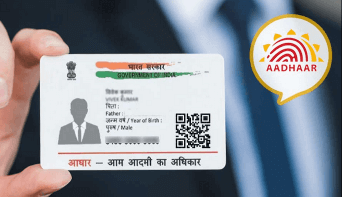Question
a.
The Prevention of Money Laundering Act (PMLA) 2002
b.
The Narcotics and Psychotropic Substances Act (NDPS), 1985
c.
The Foreign Exchange Management Act (FEMA) 1999
d.
The Prevention of Illicit Traffic in Narcotic Drugs and Psychotropic Substances Act, 1988
Posted under IC 14 Regulations of Insurance Business
Interact with the Community - Share Your Thoughts
Uncertain About the Answer? Seek Clarification Here.
Understand the Explanation? Include it Here.
Q. Which legislations were enacted in India in the late 1980s to address drug trafficking and related money laundering activities?
Similar Questions
Explore Relevant Multiple Choice Questions (MCQs)
Q. When was the Prevention of Money Laundering Act (PMLA) 2002 brought into force?
View solution
Q. What are the objectives of the Prevention of Money Laundering Act (PMLA)?
View solution
Q. According to Reserve Bank of India (RBI) guidelines, what transactions should banks and financial institutions maintain records of?
View solution
Q. What constitutes a suspicious transaction in insurance?
View solution
Q. Which of the following is NOT listed as an example of a suspicious transaction in insurance?
View solution
Q. What action should be taken if there is a suspicion of a transaction being involved in illegal activity?
View solution
Q. What is the purpose of analysing suspicious transactions and taking immediate action?
View solution
Q. What is the primary objective of KYC processes?
View solution
Q. Which of the following is NOT a purpose of collecting detailed customer information?
View solution
Q. What are the typical documents accepted as photo identity proof during the KYC process?
View solution
Q. What can KYC deficiencies lead to?
View solution
Q. What documents are typically accepted as address proof by insurance companies?
View solution
Q. Can a Passport be used as both photo ID proof and address proof?
View solution
Q. What is the purpose of the KYC process in insurance?
View solution
Q. Why is it important for insurance companies to verify the identity of their customers thoroughly?
View solution
Q. What legislative measures address the issue of customer identity verification in insurance?
View solution
Q. How are KYC norms applied in risk management?
View solution
Q. What are examples of low-risk customers in insurance?
View solution
Q. Which category of customers poses an inherently higher than average risk to insurance companies?
View solution
Q. Why does diligence in identification need to be of high order in the case of high-risk customers?
View solution
Recommended Subjects
Are you eager to expand your knowledge beyond IC 14 Regulations of Insurance Business? We've handpicked a range of related categories that you might find intriguing.
Click on the categories below to discover a wealth of MCQs and enrich your understanding of various subjects. Happy exploring!








